Standard Scissors
$ 18 – $ 26
### Standard Operating Scissors: An Overview
#### Introduction
Standard operating scissors are a fundamental tool in the medical field, widely used across various healthcare settings, including surgery, clinical procedures, and first aid. Known for their versatility and precision, these scissors are designed to meet the stringent demands of medical environments, ensuring safety, efficiency, and reliability.
#### Design and Variations
Standard operating scissors typically feature two sharp, straight or curved blades, each honed to a fine edge to facilitate clean and precise cuts. The handles are often ergonomically designed to provide comfort and control, essential for extended use in surgical procedures. The scissors are usually made of high-quality stainless steel, which offers durability, corrosion resistance, and ease of sterilization.
There are several variations of standard operating scissors, distinguished by the shape of their blades and tips:
1. **Straight-Bladed Scissors**: These are commonly used for cutting sutures, gauze, or other materials during surgery. They offer a straightforward approach and are easy to control.
2. **Curved-Bladed Scissors**: These are particularly useful in situations where a more delicate or precise cut is needed, such as in dissection or when navigating around tissues and organs.
3. **Sharp/Sharp, Sharp/Blunt, and Blunt/Blunt Tips**: These variations refer to the tip configurations, with sharp/sharp being two pointed tips, sharp/blunt being one pointed and one rounded tip, and blunt/blunt being two rounded tips. The choice of tip depends on the specific surgical requirement, with blunt tips being safer for delicate tissues.
#### Uses in Medical Practice
Standard operating scissors are indispensable in various medical scenarios:
– **Surgical Procedures**: They are used for cutting tissues, sutures, and bandages, and for other general cutting tasks during surgery. The precision of the scissors minimizes tissue trauma and bleeding, which is critical for patient recovery.
– **Clinical and Emergency Settings**: In clinics and emergency rooms, these scissors are used for a wide range of tasks, from cutting dressings to trimming wound edges.
– **Laboratory Use**: In medical laboratories, standard operating scissors are used for dissecting specimens, preparing samples, and other tasks that require precision cutting.
#### Maintenance and Sterilization
Proper maintenance and sterilization of standard operating scissors are crucial to prevent infection and ensure their longevity. After each use, the scissors must be thoroughly cleaned and sterilized using autoclaving or other sterilization methods appropriate for stainless steel instruments. Regular sharpening and inspection for wear and tear are also necessary to maintain their effectiveness.
#### Conclusion
Standard operating scissors are a staple in medical practice, valued for their versatility, precision, and durability. Whether in a bustling emergency room, a sterile operating theater, or a quiet laboratory, these scissors play a critical role in patient care and medical procedures. Proper care and handling are essential to ensure they remain a reliable tool in the hands of healthcare professionals.
| Size | 10.5cm, 11.5cm, 13cm, 14.5cm, 15.5cm, 16.5cm, 18.5cm, 20.5cm |
|---|---|
| Product Type | Blunt/Blunt Curved, Blunt/Blunt Straight, Sharp/Blunt Curved, Sharp/Blunt Straight, Sharp/Sharp Curved, Straight Sharp/Sharp |
Be the first to review “Standard Scissors” Cancel reply
Related products
SURGICAL INSTRUMENTS
SURGICAL INSTRUMENTS
SURGICAL INSTRUMENTS
SURGICAL INSTRUMENTS
SURGICAL INSTRUMENTS
SURGICAL INSTRUMENTS
SURGICAL INSTRUMENTS
SURGICAL INSTRUMENTS
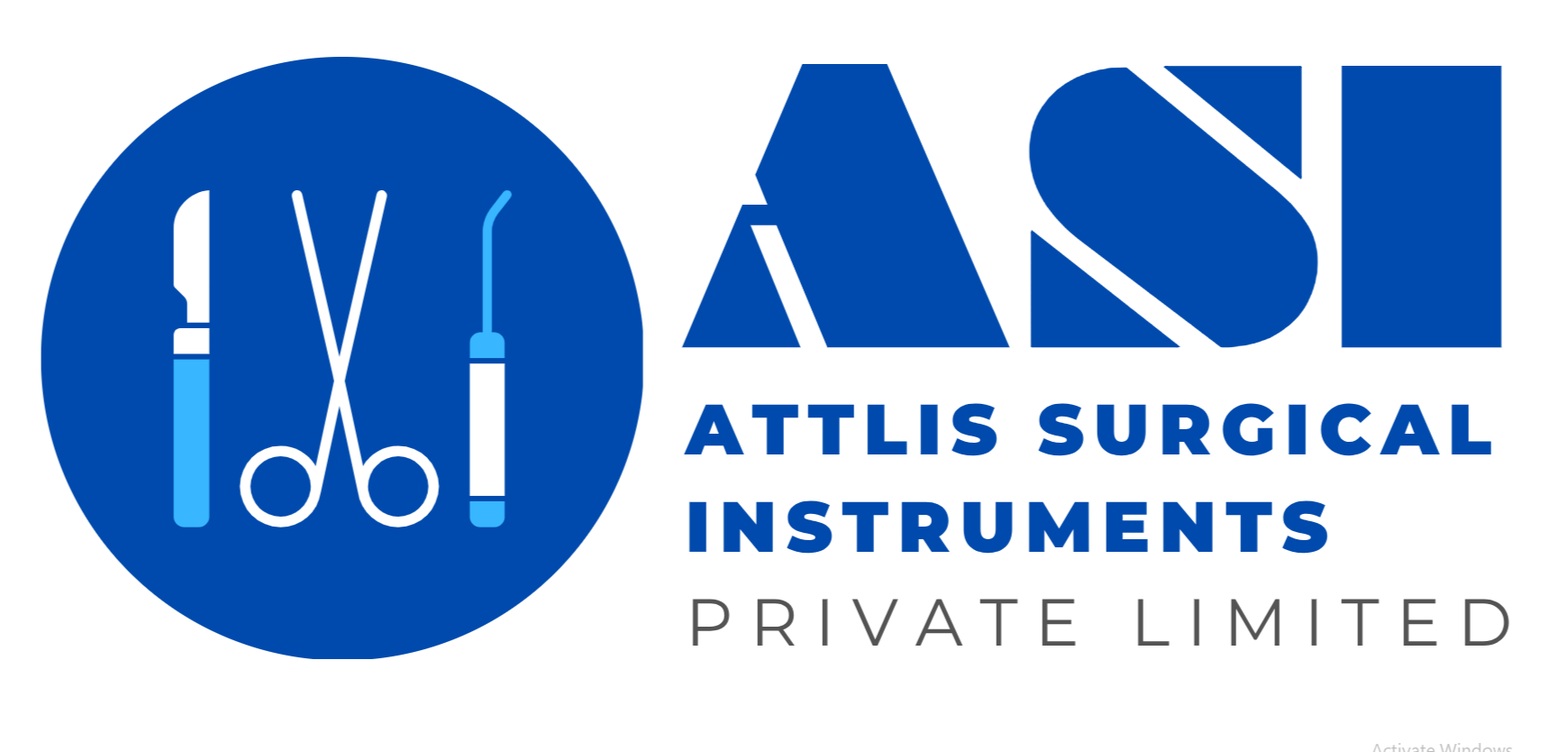


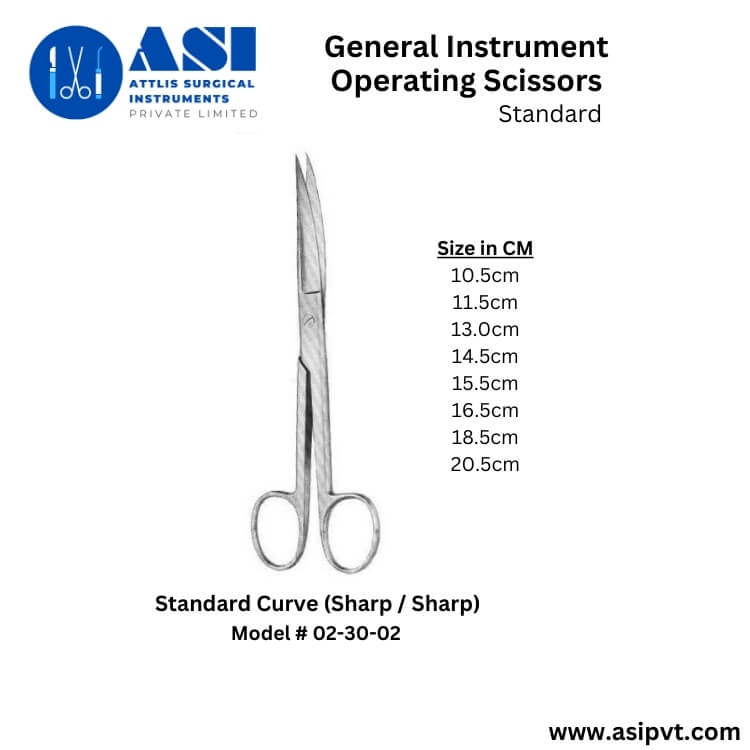
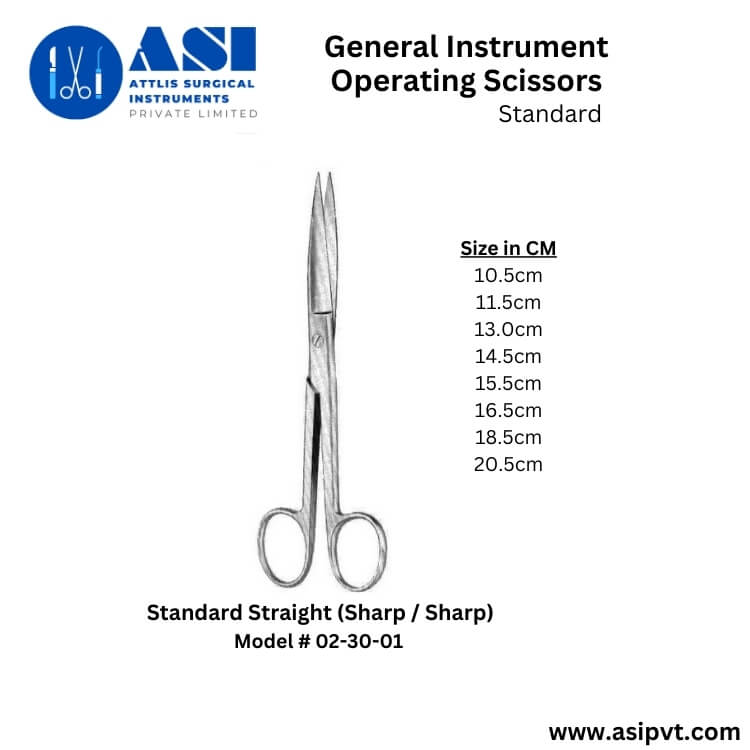
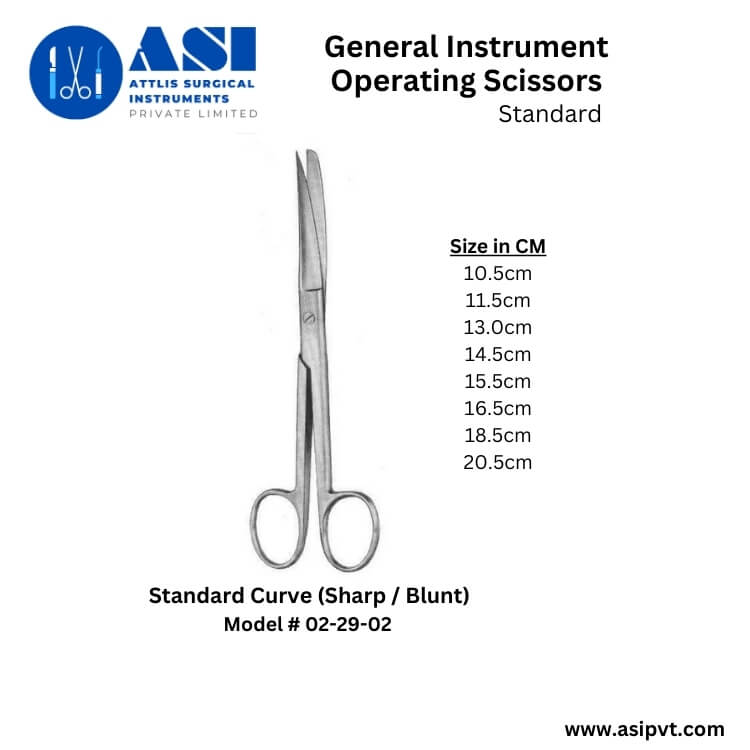







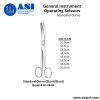





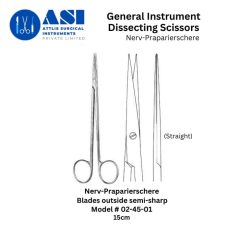



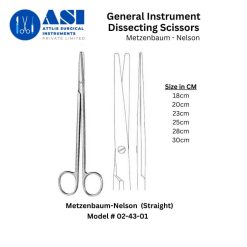



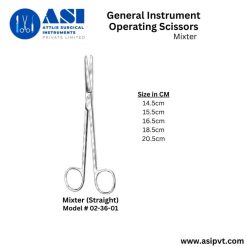

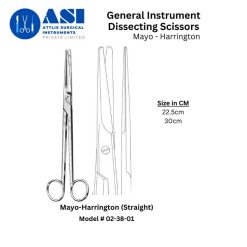
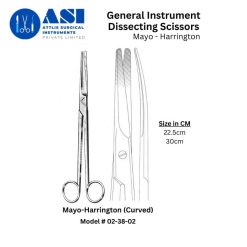
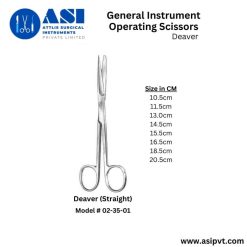

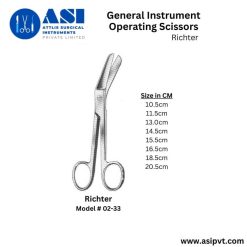
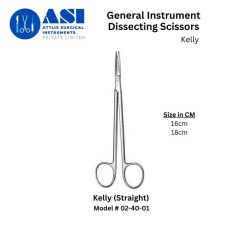
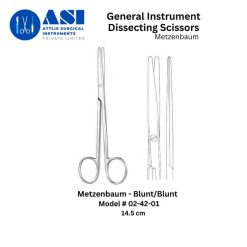
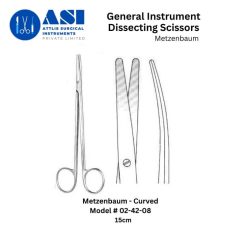


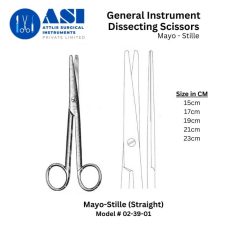

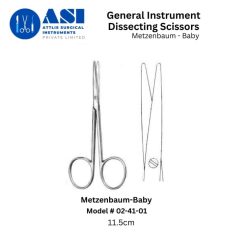

Reviews
There are no reviews yet.